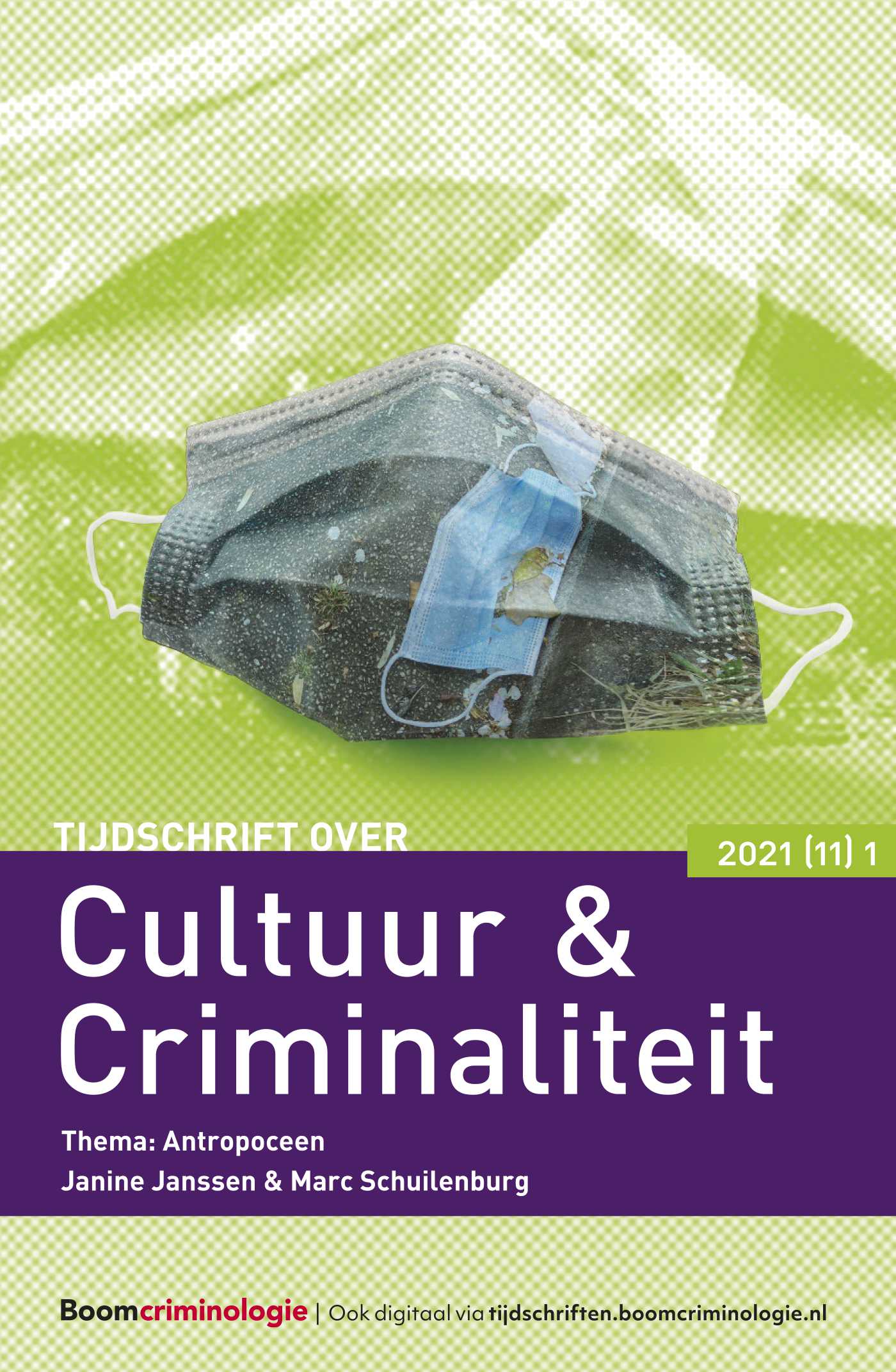|
This article is based on ethnographical research in 24 crack houses in Amsterdam, Rotterdam and The Hague. Crack houses were defined as the homes of crack users where crack is being sold and smoked together with other users. All crack houses were located in disadvantaged, multi-ethnic neighbourhoods. Both residents and visitors were men and women, middle-aged, of various ethnic origin and with a long history of hard drug use. In addition to economic benefits for residents (crack sales, getting crack for free from visitors) and sometimes also for visitors, crack houses predominantly serve as a safe haven for drug use and as a social meeting place. Two types of crack houses were found: dealing houses (with ‘home sellers’) and home circuits (divided into ‘fixers’ who arrange or facilitate that crack is available, and ‘users-for-free’, who allow that crack is sold or delivered and used in their apartment, in exchange for a bit of crack). To reduce the risk of discovery and closure, residents take various measures, but less if they are not a legal resident of the apartment. In comparison with the Anglo-Saxon literature about crack houses, there is less ethnic segregation, a less aggressive atmosphere and less involvement with prostitution. |


Tijdschrift over Cultuur & Criminaliteit
Meer op het gebied van Criminologie en veiligheid
Over dit tijdschriftMeld u zich hier aan voor de attendering op dit tijdschrift zodat u direct een mail ontvangt als er een nieuw digitaal nummer is verschenen en u de artikelen online kunt lezen.
| Redactioneel |
Varia |
| Auteurs | Prof. dr. Tom Decorte en Prof. dr. em. Pieter Spierenburg |
| Auteursinformatie |
| Artikel |
Thuisdealers, ritselaars en meesnoepers. Bewoners en bezoekers van grootstedelijke crackpanden |
| Trefwoorden | Crack cocaine, Drug dealing, Ethnography |
| Auteurs | Drs. Petra Houwing, Alberto Oteo Pérez MSc en Prof. dr. Dirk J. Korf |
| SamenvattingAuteursinformatie |
| Artikel |
Agressie in de tramHet perspectief van trambestuurders |
| Trefwoorden | Tramdrivers, strategies, aggressive passengers, masculinity |
| Auteurs | Dr. Thaddeus Müller en Roy Zeestraten |
| SamenvattingAuteursinformatie |
|
In this article we focus on how tram drivers react when confronted with a situation of aggression in the tram. Their role in these situations has hardly been explored in recent Dutch studies on this topic. In our explorative research, which consisted of observation and interviews in The Hague, our aim is to gain the perspective of tram drivers on aggressive passengers. Through their eyes we describe a range of strategies which they use to restore public order. Our research shows that in order to understand the reaction of tram drivers a) this has to be placed in the sequential development of an aggressive interaction and b) this has to be related to the ways they give meaning to the aggression of passengers and their work context. Our research shows that there are two perspectives among tram drivers: a) a ‘business’ perspective, with an emphasis of tram drivers as employees who avoid risk situations and call for support in situations they cannot control and b) a personal perspective, in which tram drivers tend to follow more personal guidelines, in which masculinity plays a central role. Those who use the later perspective become more involved in violent and physical interactions. |
| Boekbespreking |
Horror in mainstream en cult cinema: is het genre extremer geworden? |
| Trefwoorden | horror, (extreme) violence in movies, visual data |
| Auteurs | Veerle Pashley |
| SamenvattingAuteursinformatie |
|
Ever since the creation of silent movies, directors aim to shock the audience with explicit scenes of violence. Yet, little attention has been given to the evolution of horror movies. In order to create ‘monsters’, ‘dark locations’ and ‘explicit scenes of violence’ directors have to experiment with storylines and new techniques, if they want to shock the audience. The aim of this paper is to examine whether or not horror has become more violent (more extreme) throughout film history. Hence, we will discuss the historic evolution of horror movies in mainstream cinema (films that reached a large audience) and cult cinema (films which have a select, mostly fan based, audience). |
| Boekbespreking |
Poëtica in criminologisch onderzoek?Criminologie en de ars poetica |
| Trefwoorden | Criminologic imagination, poetics, fiction, art as science |
| Auteurs | Prof. dr. Dina Siegel |
| SamenvattingAuteursinformatie |
|
Based on a new book edited by Michael Hviid Jacobsen The Poetics of Crime. Understanding and Researching Crime and Devience Through Creative Sources (Ashgate, 2014), Dina Siegel analyzes the ways in which social scientists can find inspiration in art, music, literature, photography and dance. She discusses how these fields can enrich criminological research by introducing new analytical instruments and skills and to discover new research fields, meanings and emotions in crime-related issues. |
| Artikel |
|
| Trefwoorden | John Braithwaite, reintegrative shaming, responsive regulation, science of science |
| Auteurs | Prof. dr. em. Lode Walgrave |
| SamenvattingAuteursinformatie |
|
In this interview, Lode Walgrave talks to John Braithwaite, one of the most cited white collar crime scholars and best known for his ‘reintegrative shaming’, which added the crucial moral-emotional and ethical dimensions to the body of work on crime and crime control. John Braithwaite tells about his major publications and developments in his intellectual endeavour: the role of shaming and its importance in restorative justice, dominion, responsive regulation, and also his recent project on peacebuilding. Braithwaite’s career and political involvement are discussed throughout the interview, as well as his critical view with regards to the fragmentation of social sciences (including criminology). |
| Praktijk |
Protest in de schoot van Lincoln |

